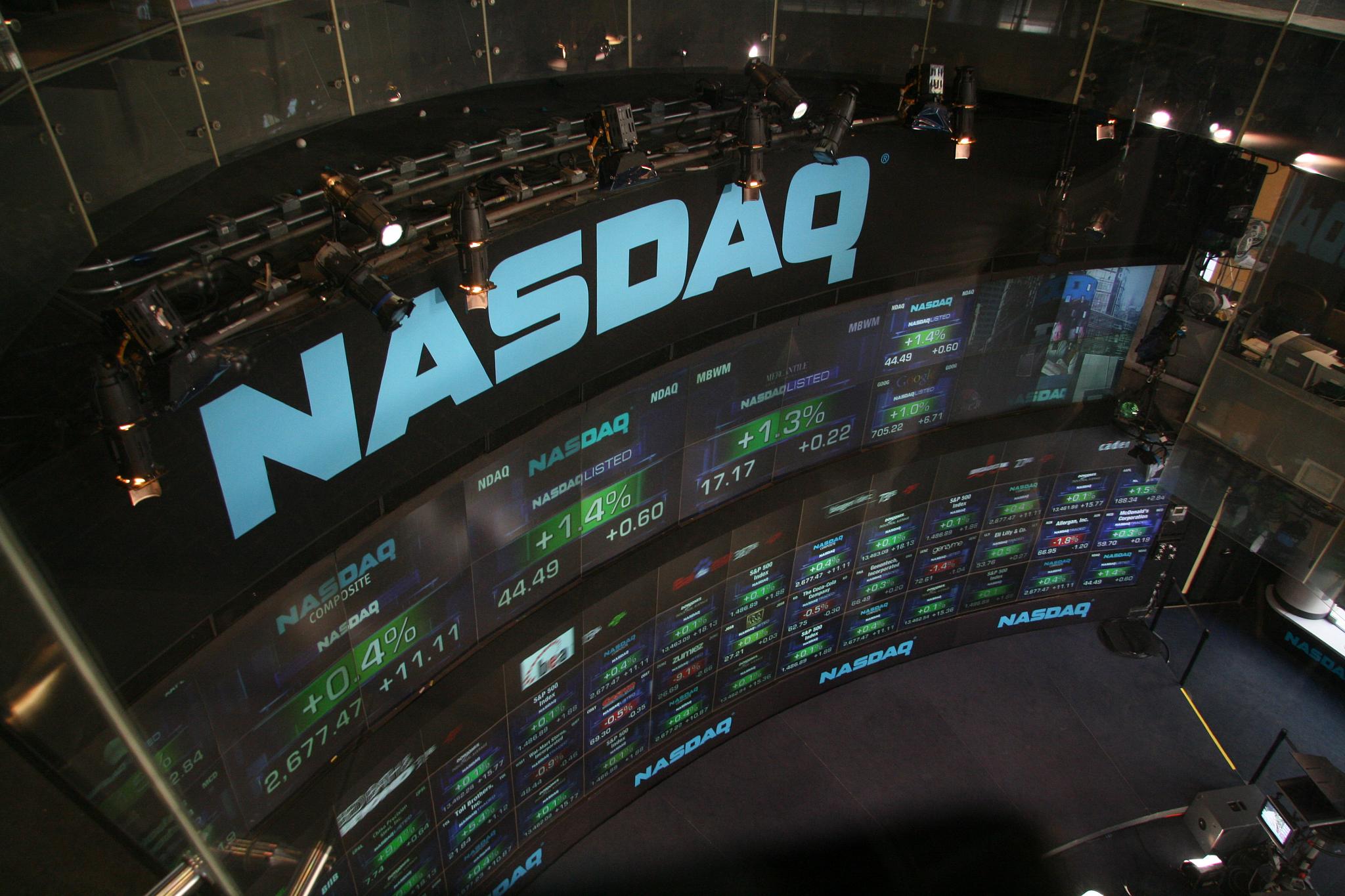US STOCKS-S&P, Nasdaq fall as Apple drags, jobless claims data fuels rate jitters

- Country:
- United States
The S&P 500 and Nasdaq fell on Thursday, with the biggest drag from Apple and weakness in chip stocks over concerns about China's iPhone curbs, while a fall in weekly U.S. jobless claims fed worries about interest rates and sticky inflation. S&P heavyweight Apple was on track for its second straight day of losses, down 3.5%, after news China widened curbs on iPhone use by state employees, requiring staff at some central government agencies to stop using their mobiles at work.
Bloomberg reported that China planned to broaden the iPhone ban to state firms and agencies. The drag from Apple, its suppliers and companies with large China exposure pushed the S&P 500 technology sector down 1.9%, making it the biggest percentage decliner among the benchmark's 11 major sectors.
A U.S. Labor Department report showed the number of Americans filing for unemployment claims fell to 216,000 for the week ended Sept. 2, hitting the lowest level since February. Investors uncertain about the Federal Reserve's path for interest rates awaited inflation readings from August, due out in a week.
"Markets are stuck in between the softening economy (potentially) giving the Fed more flexibility and resilience in the economy, which keeps the Fed hamstrung," said Craig Fehr, head of investment strategy at Edward Jones. "There is that very, very small eye of the needle with which the Fed can thread monetary policy that's sufficiently tight, but not so tight that it wrecks the economy. It's a small eye but, it's not completely closed," said Fehr, who called the market's decline "a cautious defensive stance" ahead of the next inflation data.
Bets on the Fed to leave interest rates unchanged in September stood at 93%, yet the chances for another pause in the November meeting were at a much lower 53.5%, according to the CME Group's FedWatch Tool. The Dow Jones Industrial Average rose 44.13 points, or 0.13%, to 34,487.32, the S&P 500 lost 16.79 points, or 0.38%, to 4,448.69 and the Nasdaq Composite dropped 138.79 points, or 1%, to 13,733.69.
The Dow was outperforming the S&P and Nasdaq because Apple ranks just 11th in the cyclicals-heavy index, which is price-weighted compared with the market capitalization-weighted S&P 500, where Apple is one of the biggest weights. Defensive utilities was the biggest gainer among the S&P sectors, which Edward Jones' Fehr saw another sign of the market's risk-off mood on Thursday.
The Philadelphia semiconductor index was down 2% while shares of Apple suppliers including Skyworks Solutions , Qualcomm and Qorvo were all down more than 7%. Rick Meckler, partner at Cherry Lane Investments said the news from China refocused investors on the idea "that the relationship between the U.S. and China is a big risk to current equity prices, particularly in technology."
Also denting sentiment, data showed China's exports and imports fell in August, with sagging overseas demand and weak consumer spending hitting businesses in the world's second-largest economy. Shares of U.S.-listed Chinese firms also fell with PDD Holdings off more than 5%, JD.com and Alibaba down more than 4% and Baidu off over 3%.
Philadelphia Fed President Patrick Harker did not comment on the likely U.S. monetary policy path. Investors will monitor other Fed speaker comments due later, including policy voting member and New York Fed President John Williams. Also keeping the Dow afloat was a 1% rise in McDonald's after Wells Fargo upgraded the stock to "overweight". Automation software firm UiPath added 10.5% on an upbeat annual revenue forecast.
Declining issues outnumbered advancing ones on the NYSE by a 1.75-to-1 ratio; on Nasdaq, a 1.98-to-1 ratio favored decliners. The S&P 500 posted 12 new 52-week highs and 26 new lows; the Nasdaq Composite recorded 17 new highs and 238 new lows.
(This story has not been edited by Devdiscourse staff and is auto-generated from a syndicated feed.)
ALSO READ
Americans' Shifting Stance on Immigration: A Poll Analysis
Biden's Historic Clemency: A Second Chance for 1,500 Americans
Biden's Bold Clemency Move: Granting Indian-Americans a Second Chance
Presidential Clemency: Four Indian-Americans Among Recipients
Palestinian Americans Sue U.S. Government Over Gaza Evacuation Failure










